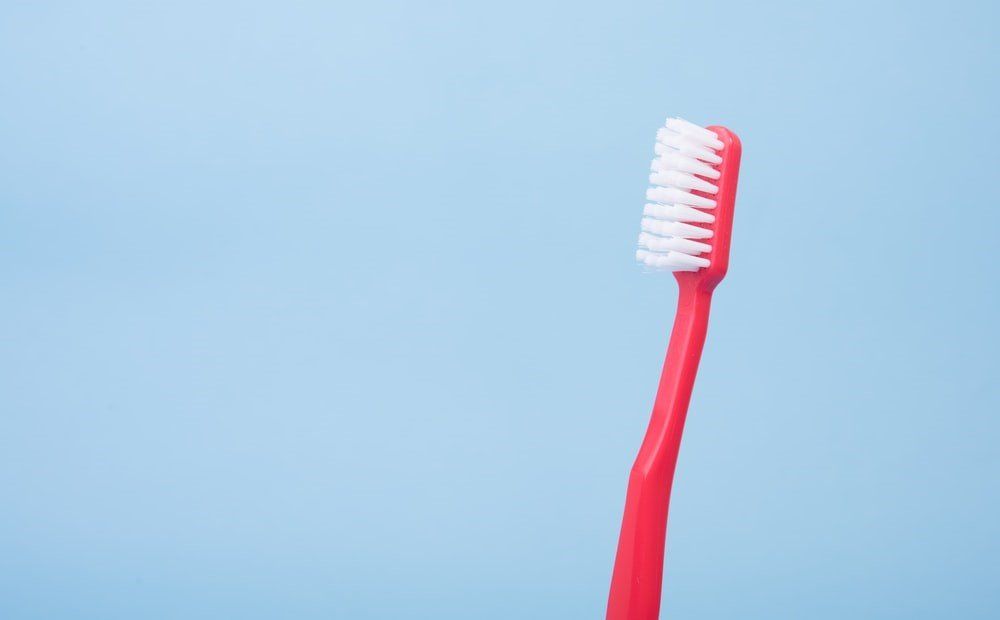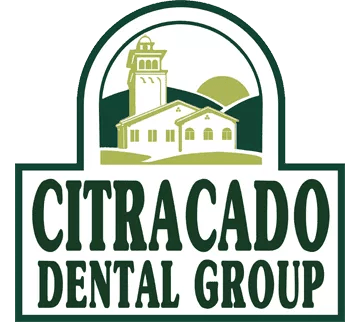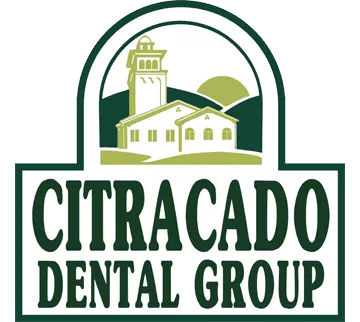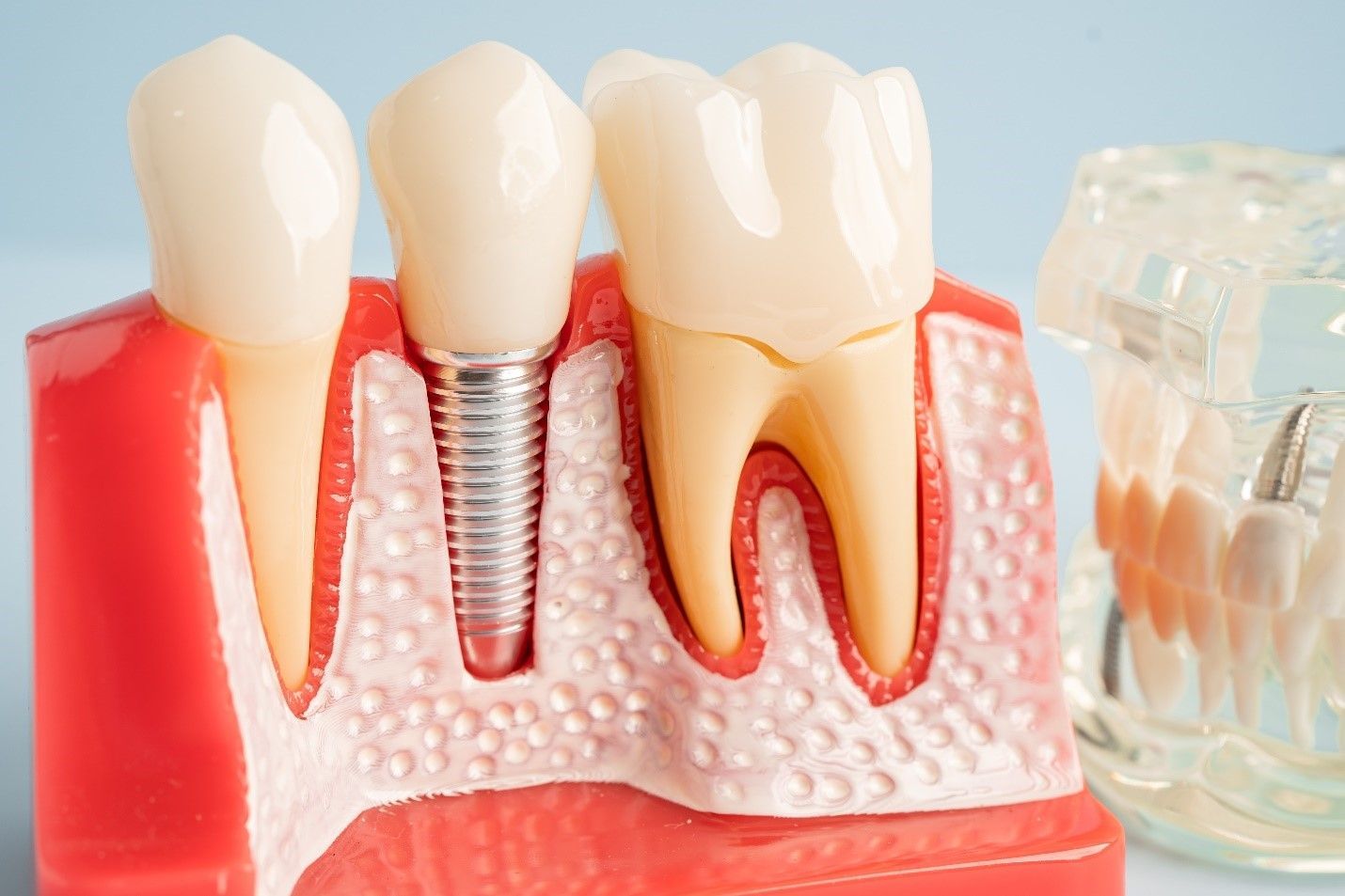IS IT TIME TO CHANGE YOUR TOOTHBRUSH?

Your soft-bristled toothbrush may look new after several weeks of use.
While it may not seem like a lot of time, it’s important to consider the toothbrush’s mileage.
If you’re brushing twice a day for the recommended time, that’s a lot of use that’s gone into removing plaque and other debris between your teeth and gums.
After just three to four months, your toothbrush will need to be replaced, and here’s why.
Toothbrushes begin to fray and wear over time, becoming less effective while accumulating harmful bacteria that can get inside your mouth.
If you don’t rinse your toothbrush after each use, the bacteria can multiply and further spread. The American Dental Association urges thorough rinsing and no toothbrush sharing to minimize the spread of millions of bacteria.
You can also soak the bristles with 3% hydrogen peroxide or mouthwash for enhanced cleaning.
Proper upkeep will keep you healthy and will extend the life of your toothbrush. If you’ve recently fell ill, however, it’s important to replace your toothbrush to avoid spreading illness.
If you’re spending more time at home, chances are you are not using an extra toothbrush you keep at work, school or on the road.
The condition of the bristles, not how long you had the toothbrush, is the most important criteria when deciding to get a new toothbrush.
For most people, it will be about four months; for others, they may swap out less frequently, but use more than one toothbrush over the same period.
To maximize your toothbrush’s lifespan, make sure it’s stored upright in a safe and dry place. Air drying for just a few hours will eliminated several types of bacteria. Avoid storing your toothbrush in a container or enclosed space that can lead to moisture.
After several months of using the same toothbrush, take a look at the bristles. If they look worn out, you’ll know it’s time to pick up a new toothbrush the next time you’re out shopping.
When you go buy a toothbrush, you’ll be presented with two general options: electric and manual. If you decide to invest in an electric brush, we recommend seeking your dentist or dental hygienist’s advice. Many brands offer “sonic” action and should provide the option to replace the brush heads as often as you would replace a manual brush. Prices vary depending on features such as timers, additional brush heads, etc. If it’s your first one, a simpler version may be easiest to use and get you accustomed to using it regularly.
QUICK MENU
RECENT POSTS






